Gail Simone’s Top-5 Pet Peeves Of Comics Offer A Stern Warning To A Failing Industry
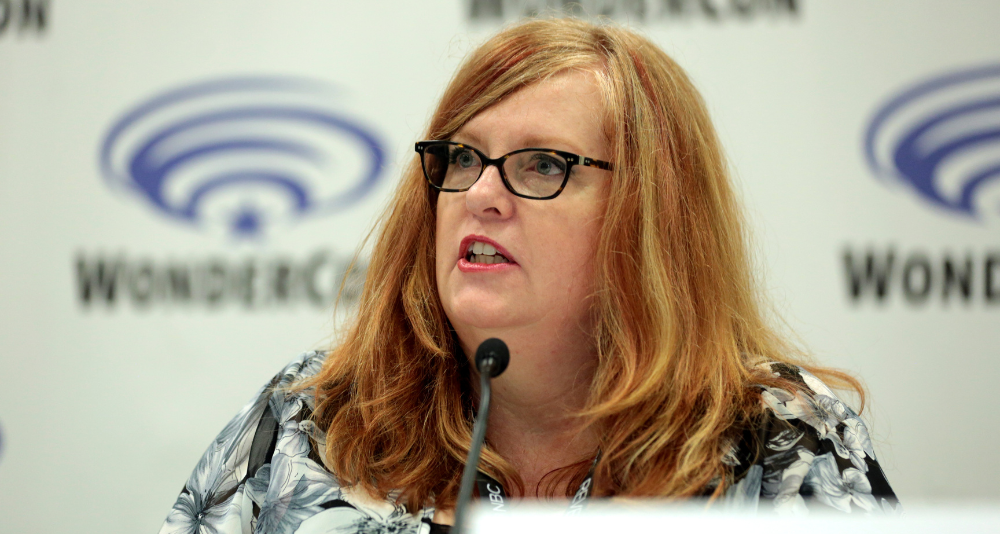
Increasingly, the comic industry is seeing professionals, retailers, and fans grumble about the collapse of mainstream comics. From Mark Millar talking on Thinking Critical to IDW posting record losses, almost everyone has an opinion, including Gail Simone, who talked about her five biggest pet peeves of the industry in a Facebook group this week.
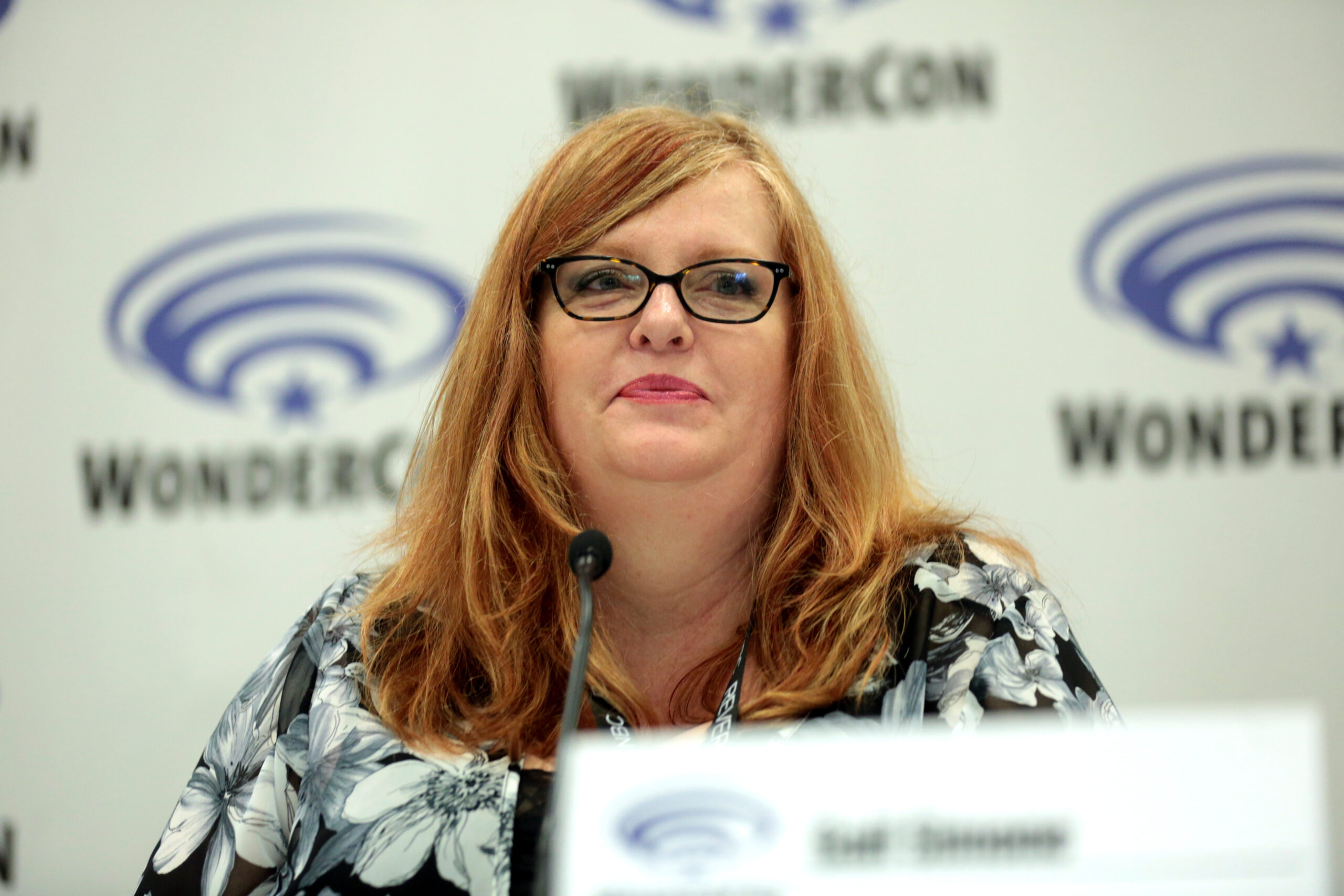
Gail Simone speaking at the 2018 WonderCon at the Anaheim Convention Center in Anaheim, California. Photo Credit: Gage Skidmore from Peoria, AZ, United States of America, CC BY-SA 2.0 <https://creativecommons.org/licenses/by-sa/2.0>, via Wikimedia Commons
Simone’s critiques of the industries are pretty standard for what’s been spoken of by creatives.

Gail Simone Facebook
Let’s take a look into what she said and break her points down:
1) Not making sure veteran pros have work if they want it.
The comic industry is notorious for ageism being one of its worst problems. Even Grant Morrison has lamented that he’s aged out of being able to write for mainstream comics in recent years. Mark Millar has also suggested in order to generate hype for storylines, bringing back seasoned veterans with followings is a crucial thing Marvel and DC have to do. For now, veteran artists find better places in independent homes like ComicsGate than they do finding work for these publishers.
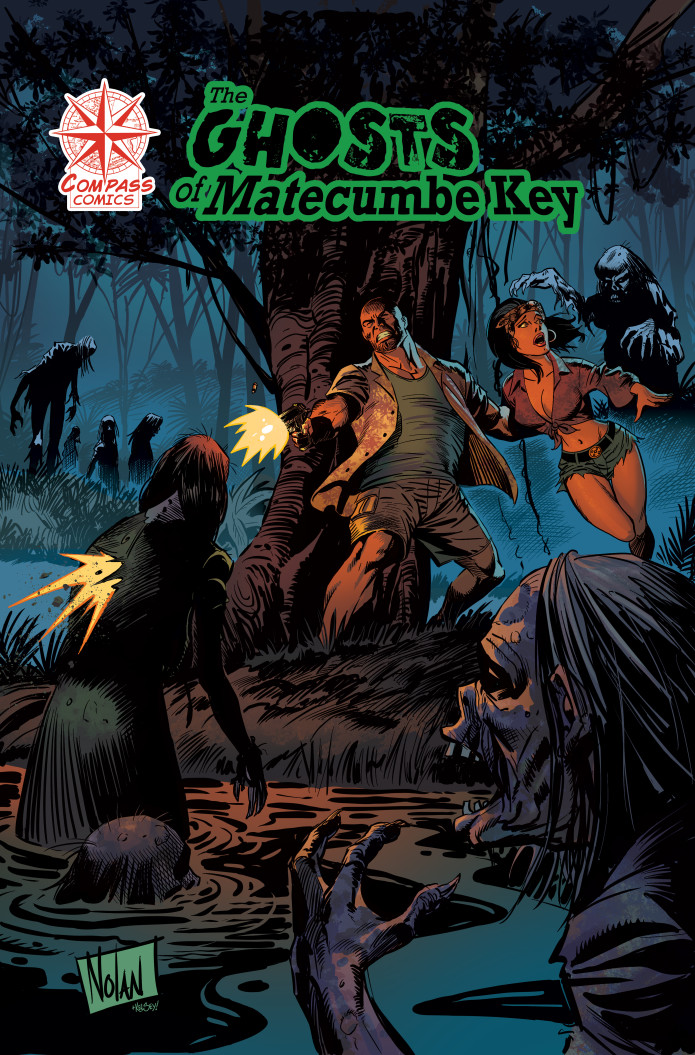
The Ghosts of Matecumbe Key Cover by Graham Nolan (2023), Compass Comics
2) Not respecting the stories that came before.
This is probably the most controversial of Simone’s opinions listed, as it’s been the reason so many have been canceled and labeled “bigots” by the extreme left in the industry. Much of the lack of respect for the characters comes from replacing characters with race and gender-swapped counterparts and forcing beloved characters to be mired with LGBTQ fetishes. These changes have ruined multiple characters, and reviewers such as Richard C. Meyer have come under savage attacks for stating much of this same point.
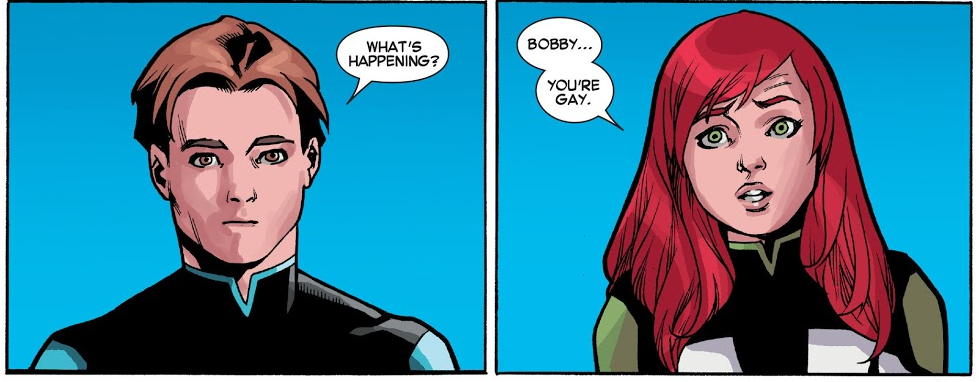
All-New X-Men Vol. 1 #40 (2015), Marvel Comics. Words by Brian Michael Bendis, Art by Mahmud Asrar
3) Not allowing the artist room to contribute.
Increasingly, the big companies have been outsourcing their work to foreign studios on the art. This has trained writers to be very specific in what they want because, with English as a second language, they can’t risk an artist taking liberties. When working with a competent artist who understands comics, however, this stylistic trend can be a detriment, as a good artist can bring a lot to a comic script if allowed breathing room.
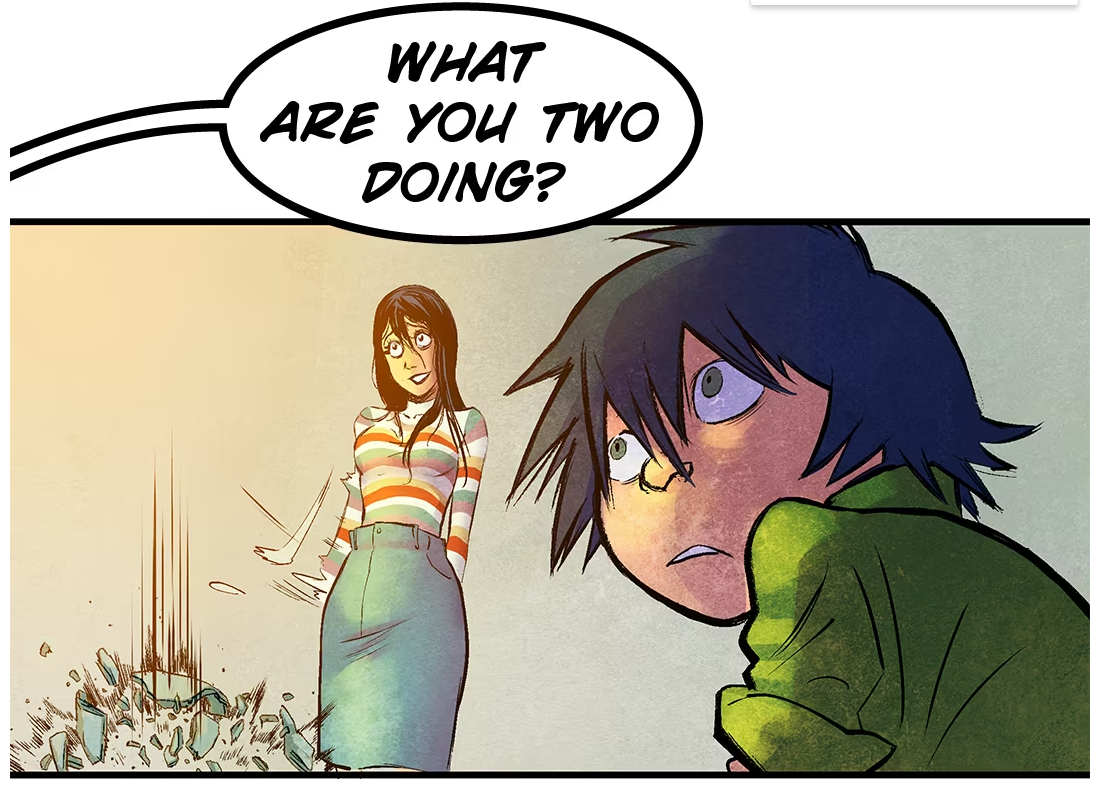
My Sister Suprema (2021), Arkhaven Comics
4) Price point.
Many comics on the shelves are now showing introductory prices of $4.99, $5.99, or even $7.99 in the case of Ultimate Invasion #1. This increasingly makes it difficult for a reader to check something interesting out off of the stands because it makes the amount more than an impulse buy. If anything, the #1 issues should be discounted in order to try to get readers on for a story. Otherwise, why wouldn’t they wait for trade or go find a cheaper form of entertainment? Alterna Comics has done wonders in this regard by using newsprint to create cheap entry points for readers on their books like King Cryptid, by Peter Simeti.

King Kryptid #1 (2023), Alterna Comics
RELATED: In The Wake Of Failing Stocks And Massive Layoffs, IDW Promotes Heather Antos And Others
5) Lack of distribution options.
This point speaks to both the physical and digital media. For physical, comics have been relegated to local shops for years, making it a place where someone has to know they want comics to go. They used to be in places like grocery stores, gas stations, and places where people could simply find books. Online is no better, as Amazon offers about the only viable digital option off of the direct platforms of the companies themselves. Comic companies need to open up other avenues and stop being so myopic.
Overall, Simone made good points with her pet peeves, and all of these could be thought of as warnings to the comic industry as a whole that they are in trouble and they need to up their game in several regards if they want to remain viable into the next decade and beyond.
What do you think about Gail Simone’s Pet Peeves list?
NEXT: Ethan Van Sciver And Other Former DC Creatives Roast Publisher’s Queering Of Wonder Woman
More About:Comic Books
